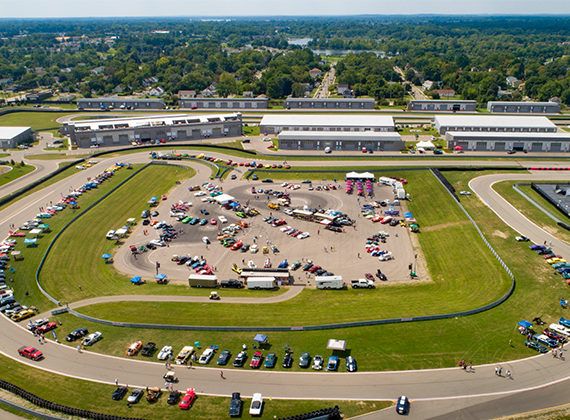Improving the Functionality and Comfort of Healthcare and Senior Living Facilities

Building architecture and interior design are key factors in ensuring the functionality and comfort of healthcare and senior living facilities. However, it is equally important to consider the exterior site design of these facilities carefully. In today’s world, providing adequate outdoor space has become essential. Whether it is patients, visitors, healthcare providers, or emergency responders, outdoor spaces can significantly impact the user’s experience.
During the COVID-19 pandemic, we learned that outdoor spaces provide safer ways to interact with others while also providing physical and mental health benefits. Healing gardens, courtyards, and outdoor therapeutic spaces have been proven to improve the patient and visitor experiences at healthcare and senior living facilities. Additionally, an intuitive site circulation plan and wayfinding programs can help ease the stress of navigating through a facility. Therefore, it is essential to ensure the site planning and design do not add any additional stress to patients and visitors.
Collaboration with architects, owners, user groups, and local first responders is crucial when analyzing every aspect of a site layout for both site engineering and landscape architectural design. Specific entry areas for assisted living transports, screening between emergency entrances and general visitor parking areas, providing covered walkways between parking decks and building entrances, and pedestrian connections to community pathway networks are some of the items that must be considered for the design of healthcare campuses.
Even if patients cannot go outside, providing visually appealing landscape views outside of patient windows can positively impact their recovery and overall mental health. Landscape architects should work with architects and owners to plan window locations and incorporate plantings and other landscape features that can be visible from patient windows.
Site location, building placement, and orientation can also impact a facility’s overall appeal and functionality. Adjusting the site layout or building orientation can help improve unfavorable situations, such as a site located next to an expressway that would experience negative visibility and sound impacts. Additionally, buffers such as sound walls, berms, and landscape screening can be incorporated to help resolve these issues.
Overall, the importance of outdoor spaces in healthcare and senior living facilities cannot be overstated. With careful consideration and collaboration, these spaces can be designed to improve the user’s experience and provide essential physical and mental health benefits.
For More Information

